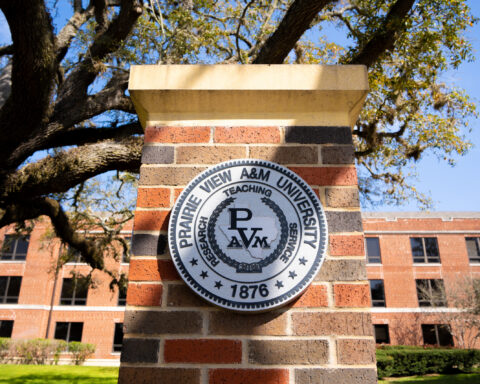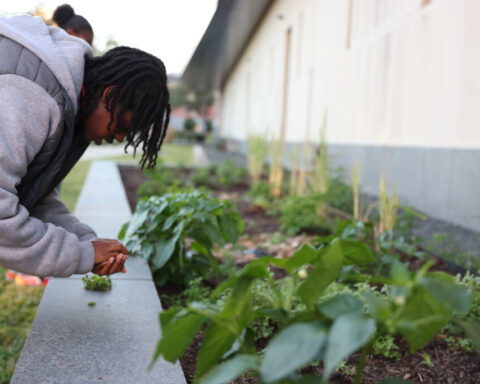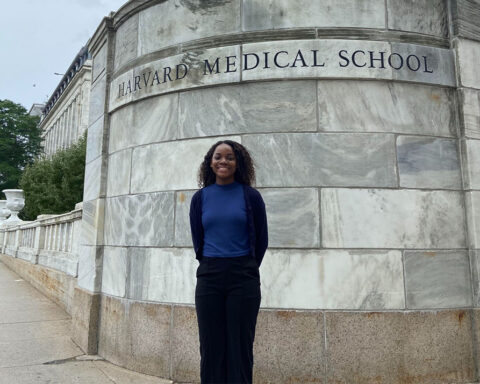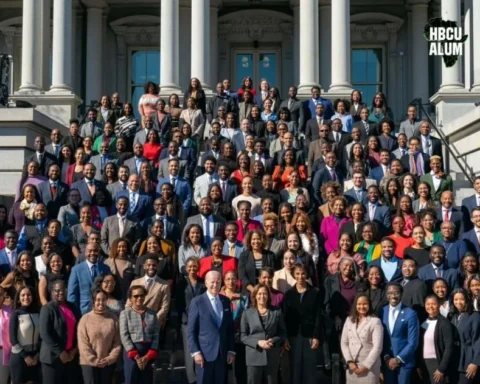Courtesy of Prairie View A&M University
Prairie View A&M University’s Whitlowe R. Green College of Education and Marvin D. and June Samuel Brailsford College of Arts and Sciences will hold a site visit to officially launch PVU Teach, part of a nationwide effort to improve STEM teaching and learning.
PVU Teach is a teacher certification program for undergraduate students in STEM fields. Programs like this are generally completed as a master’s degree, but at PVAMU, students get the opportunity to gain teacher certification while also pursuing an undergraduate major in a STEM discipline.
STEM students can differentiate themselves from other candidates for medical school, graduate school or jobs with through this certification program. Research shows teacher certification is often seen as a plus when applying to medical or graduate school.
To date, over 50 universities in 23 states and the District of Columbia have UTeach programs that have collectively produced more than 7,000 graduates.
In adopting this nationally recognized program, Prairie View A&M University joins two other Historically Black Colleges and Universities working with UTeach to increase the number of highly qualified Black STEM teachers in American secondary schools.
“There is underrepresentation across STEM education in secondary schools, in college majors and in the professional world,” said Camille Burnett, assistant professor in PVAMU’s Department of Curriculum & Instruction and associate director for PVU Teach. “An important first step is putting teachers in the classroom who look like the students because the research shows that students of color do better with teachers of color.”
Currently, 15% of K–12 students are Black, while only 7% of the STEM teacher workforce is Black. PVU Teach seeks to reverse this trend.
PVAMU Biology Department Head Harriette Howard-Lee Block weighed in on these statistics, saying, “I am very interested in seeing a transformation in who is teaching our students about STEM at the secondary education level prior to sending the students to a university setting,” adding, “We want to certify teachers who go into the high school classroom and say ‘you can do STEM,’ because as people of color, it takes us to teach us.”
Dr. Block is a co-director for PVU Teach with PVAMU’s Acting President and WRGCOE Dean Michael L. McFrazier.
“Prairie View A&M University has an established legacy of preparing resilient educators trained to facilitate academic achievement for diverse populations,” said Dr. McFrazier. “The PVU Teach initiative is designed to assist the University with increasing the number of certified STEM teachers of color to serve as role models and positively impact the attitude and motivation of K-12 students of color to excel in and pursue science, math, engineering and technology fields of study.”
Initially, PVU Teach will recruit biology majors interested in pursuing STEM teaching licensure alongside a degree in their content area. Students accepted into the program will take two one-credit courses—spanning the academic year—that provide an opportunity to explore teaching as a potential vocation.
Additional courses will be offered and required if a student decides to pursue the PVU Teach academic path. After this initial pilot, the University intends to expand PVU Teach into other STEM-related majors.
Developed by the University of Texas and modeled after UTeach programs across the country, PVU Teach will also offer incentives that include scholarships, financial support, paid internships and assistance from program advisors. The program is funded by Greater Texas Foundation and the Powell Foundation through a sub-award from UT Austin.
Drs. Burnett, Block and McFrazier, served as part of a collaborative team that worked to obtain funding and lay the necessary groundwork required to make this new program happen at PVAMU.
“Teachers help shape the future,” said Dr. Burnett. “Whether you leave PVAMU and teach for a short time until graduate school or teach for a lifetime, well-prepared and committed teachers can make a difference in the lives of students.”





